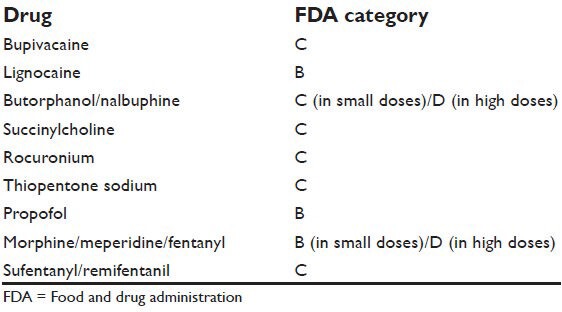I will start this EMS protocol of the week with a brief story…
You know that uncomfortable time when you’re out enjoying your day, then all of a sudden you hear someone yelling “we need a doctor!” and your like oh god is that me? Am I supposed to go help? The first time this happened to me, I actually was NOT a doctor…yet I was in my 4th year of med school and was on the subway, and a man in my car started having a seizure. In my head I was like should I get up and do something because technically I’m not a doctor…but I was also telling myself well if this man is having a seizure there’s really not much that can be done without any medications or equipment except for protecting him from injuring himself. Then I hear “someone start CPR!!” At that point I got up and was like “No please don’t do that!” The man stopped seizing, the subway arrived at a station, and EMS was able to take over.
In the ED, when someone seizing is brought in, our main concerns are terminating the seizure if necessary and airway.
What can EMS do for someone in the field that is seizing?
1. Protect pt from injury
2. Airway – patient positioning, NPA (do not use OPAs), advanced airway if needed (paramedics only)
3. Provide O2
4. Measure BGM
What meds can be given from paramedics?
- Midazolam 0.2mg/kg IV/IN/IM (max dose 5mg)
- Lorazepam 0.1mg/kg IV/IM/IN (max dose 2mg)
- Diazepam 0.2mg/kg IV (max dose 5mg)
When does online medical control (OLMC) get called?
- If seizure activity persists despite 2 doses of SAME med at SAME dose
Anticonvulsant meds should be administered as soon as possible, and IV access is the preferred route. Always remember to check the glucose, and also consider eclampsia as a possible cause! And lastly, don't perform CPR on someone who has a pulse :)
And as always, if you want more information, you can go tot www.nycremsco.org
carpe diem.
Jennifer Wolin, MD
Emergency Medicine PGY-2 Resident Physician
Maimonides Medical Center

